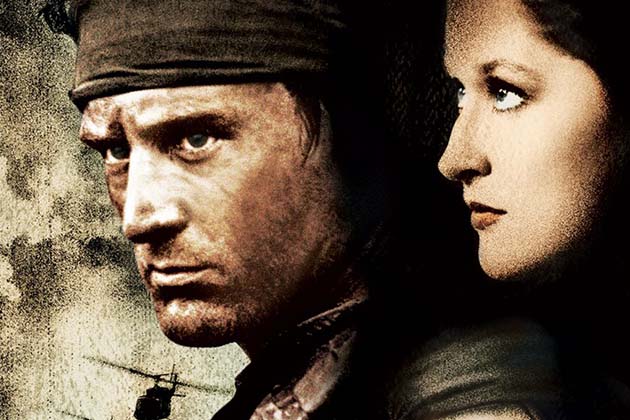The Jerk (1979)
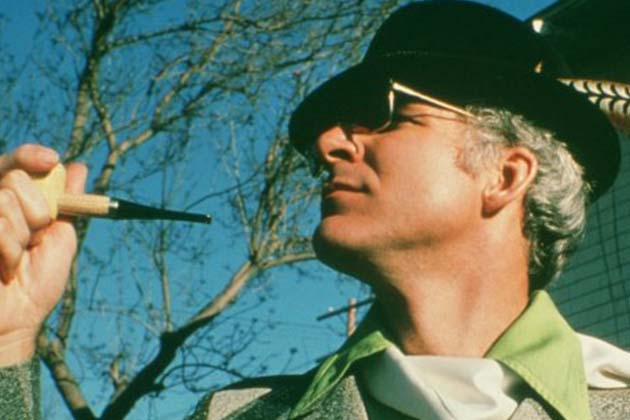
Starring Steve Martin and Bernadette Peters, The Jerk is a comedy classic. Martin plays Mavin, a total idiot who discovers he’s adopted and goes into the world to find himself. He realizes how fickle fortune can be and just how important the family he left behind is. Perfectly silly, The Jerk is all that a coming-of-age comedy should be.
All That Jazz (1979)
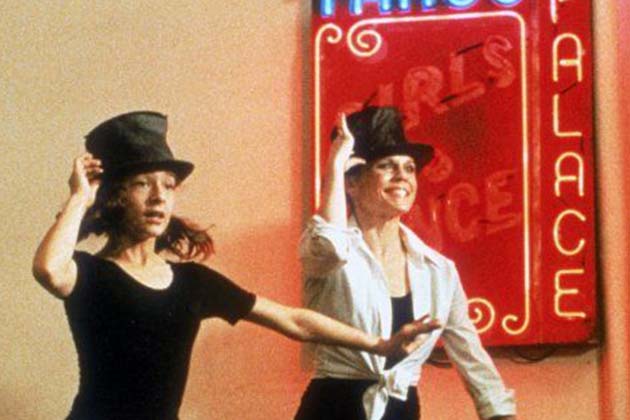
Roy Scheider and Jessica Lange star in the musical comedy All That Jazz. Between his projects, his girlfriend, his wife, and his lovers, choreographer and dancer Joe Gideon (Scheider) relies heavily on substance abuse to keep going until his body can’t take it anymore. As he feels mortality coming closer, scenes from Joe’s early life mingle with his current brush with death. Two decades after its release, the Library of Congress deemed All That Jazz significant enough to put it into the National Film Registry for giving a look at the less glamorous side of a showbiz life.
The Deer Hunter (1978)
National Lampoon's Animal House (1978)

John Belushi, Karen Allen, and Tom Hulce star in Animal House. Just before the homecoming parade, the college dean enlists a frat full of rich, upstanding guys to get the disreputable Delta House off campus. Hilarity ensues.
Close Encounters of the Third Kind (1977)
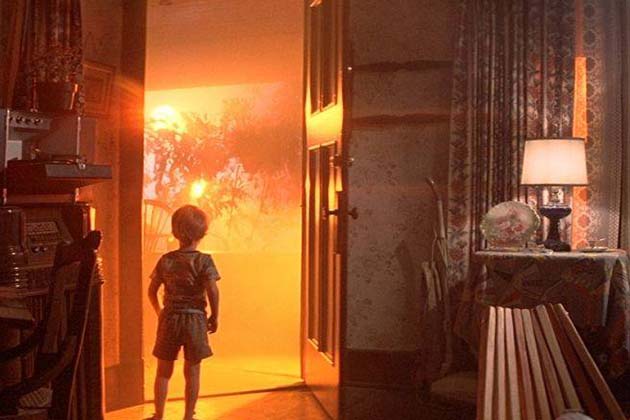
Richard Dreyfuss and Francois Truffaut star in Close Encounters of the Third Kind. As a group of scientists studied some weird items that show up in strange geographic locations, Indiana residents started seeing UFOs and having psychic visions of a place that can bring everything together. Close Encounters was one of the first alien movies to really catch the public’s attention since Orson Welle’s panic-inducing radio broadcast of The War of the Worlds.
Smokey and the Bandit (1977)
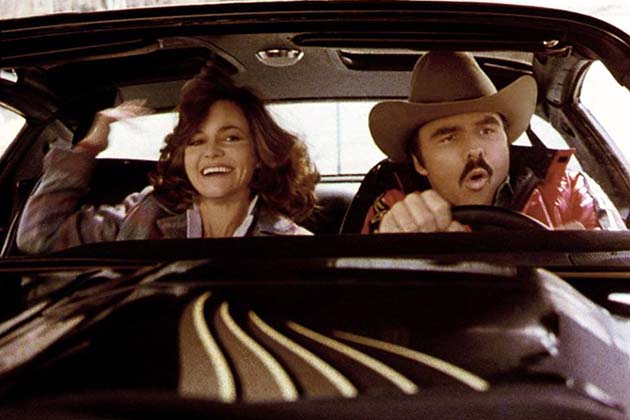
Smokey and the Bandit has fast cars, fast women, Burt Reynolds, and Sally Field. When Bandit (Reynolds) helps run a load of beer out of Texas, he picks up a hitchhiker (Field) on the way. Unfortunately, that hitchhiker is running away from her wedding to the sheriff's son, and now the fuzz is hot on the Bandit’s trail. While the Bandit’s film prompted sequels into the 80s, none quite lived up to the original.
Annie Hall (1977)

Woody Allen not only directed and co-wrote but also starred in Annie Hall with Diane Keaton as the titular character. Neurotic comedian Alvy Singer (Allen) breaks the fourth wall in the film as he looks back at the beginning and subsequent failure of his relationship with ditzy nightclub singer Annie. This flick is largely agreed upon as Woody Allen’s best, focusing on a realistic sort of comedy rather than the sillier humor in his previous films. Whether or not you’re a Woody Allen fan, the film clearly shows how important love is to everyone, and no matter how neurotic you are, you keep on looking for it.
Marathon Man (1976)
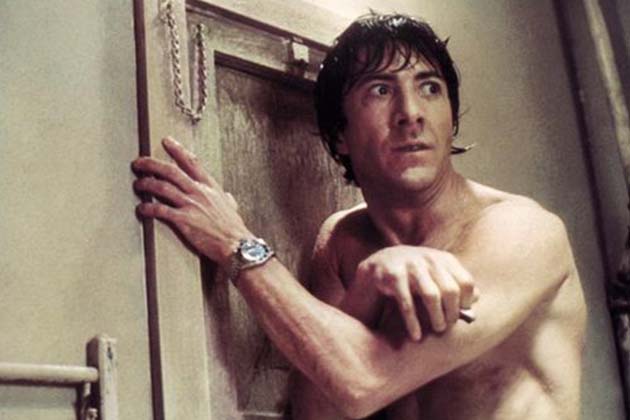
Dustin Hoffman, Laurence Olivier, and Roy Scheider star in Marathon Man, a compelling thriller/criminal mystery film based on the novel by William Goldman. While Babe (Hoffman) is a graduate student of history, he unwittingly winds up in the middle of a war criminal’s diamond smuggling scheme. As the movie’s director, John Schlesinger, points out, Babe was and is very identifiable, trying to stay alive in a “hostile world,” which was extremely identifiable because of the anxiety of the age—an anxiety that seems to have only increased with time.
Taxi Driver (1976)
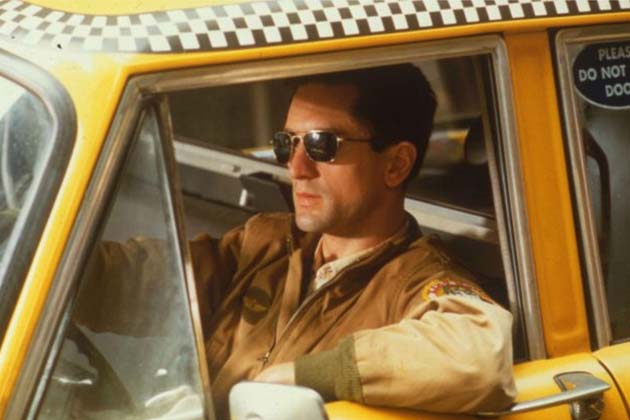
Directed by Martin Scorsese, Taxi Driver features Robert De Niro, with Jodie Foster and Cybill Shepherd. When a veteran takes a taxi driving job, the NYC nights wind up inflaming his need for violence. When he’s reminded it is good in the world, he makes free a 12-year-old prostitute his mission. Taxi Driver was among the best of the neo-noir films of the era.
The Rocky Horror Picture Show (1975)

The Rocky Horror Picture Show is a horror spoof starring Susan Sarandon, Tim Curry, and Barry Bostwick. When Brad (Bostwick) and Janet (Sarandon) get lost in the woods, they wind up at the creepy manor of Dr. Frank-N-Furter (Curry) just in time for the unveiling of his new project—a boy toy named Rocky. At heart, this film is a hysterically ridiculous musical with a huge cult following that definitely deserves a Hollywood-scale remake. And no, that dreadful live version that aired on Fox doesn't count.
Apocalypse Now (1979)
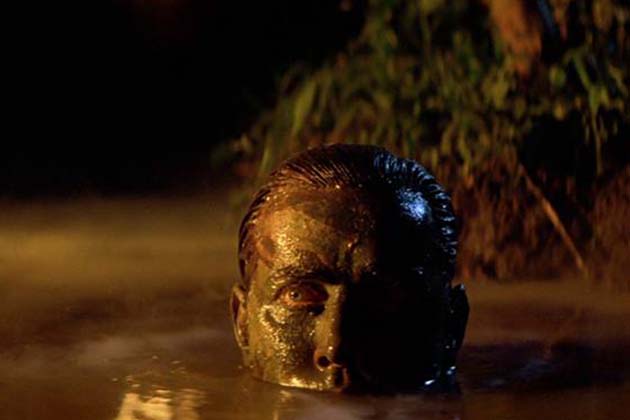
Martin Sheen and Marlin Brando take the lead in the war classic Apocalypse Now. During the Vietnam War, Captain Willard (Sheen) is sent in to take care of a problem that doesn’t officially exist. Unfortunately, that problem is Green Beret Colonel Kurtz (Brando), a highly decorated and, the Army suspects, a completely insane man who has become a god to a Cambodian tribe and is now leading his own men and the tribe on missions against the Viet Cong. As the Platoon of its time, Apocalypse Now did its share of opening the public’s eyes to the bloody truth of war—not the romanticized, Hollywood rendition that tended to dominate the era previously.
The Apple Dumpling Gang (1975)
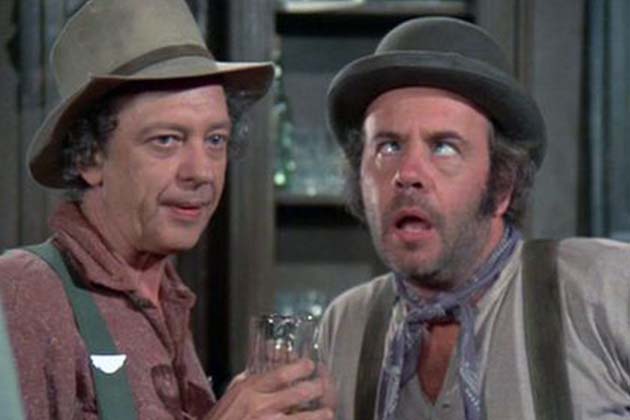
Bill Bixby, Susan Clarke, and Don Knotts star in The Apple Dumpling Gang, a funny and family-friendly western film. During the California gold rush, a confirmed bachelor inherits three orphans—and then those orphans strike it rich, only to discover their wealth is more trouble than it’s worth. This film really is a family film; with its clean comedy and Western adventures, everyone loves it.
One Flew Over the Cuckoo's Nest (1975)

One Flew Over the Cuckoo’s Nest, starring Jack Nicholson, is based on the novel by Ken Kesey. When R.P. McMurphy (Nicholson) is convicted of one too many crimes, he pleads insanity. His presence livens up the lives of the other patients at the institution he winds up in, but he infuriates the head nurse, who takes steps to bring his shenanigans to a halt. This story was extremely important to the era and the way mental health was tended; it’s a beautiful blend of wry humor and horrified drama.
Monty Python and the Holy Grail (1975)

Graham Chapman and John Cleese co-star in Mony Python and the Holy Grail, a comedic fantasy masterpiece. King Arthur (Chapman) leads his men on a quest to find the Holy Grail at God’s behest. The only thing sillier than the obstacles they face is the knights’ solutions to said obstacles. When it comes to subversive comedy, you still can’t get better than the Holy Grail.
Young Frankenstein (1974)

Young Frankenstein is a comedy featuring Gene Wilder, Madeline Kahn, and Marty Feldman. When an American neurosurgeon (Wilder) inherits his grandfather Frankenstein’s castle, he returns to Transylvania—despite his complete disregard for Grampa’s experiments. Remaking Young Frankenstein would be the perfect way to bring classic comedy to a new generation.
Blazing Saddles (1974)
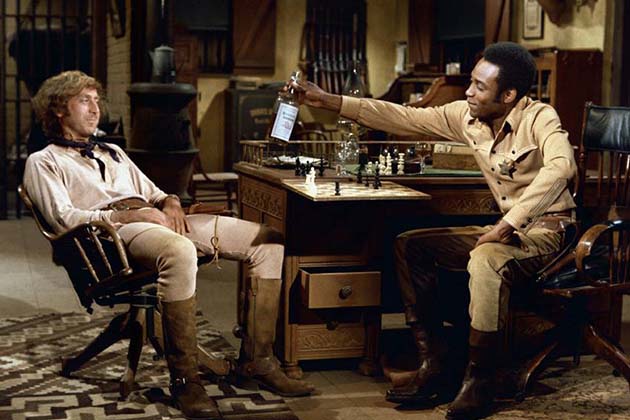
The Western spoof Blazing Saddles features Cleavon Little and Gene Wilder. When a landgrubber sends in henchmen to make life uncomfortable for the townspeople in an attempt to get his hands on their land, the sheriff winds up dead. When the mayor winds up dead, the first black sheriff (Little) in the West is his replacement. Between the comedy and the Wild West, it’s the perfect mix of the era’s best—and it’s time for a comeback.
Enter the Dragon (1973)
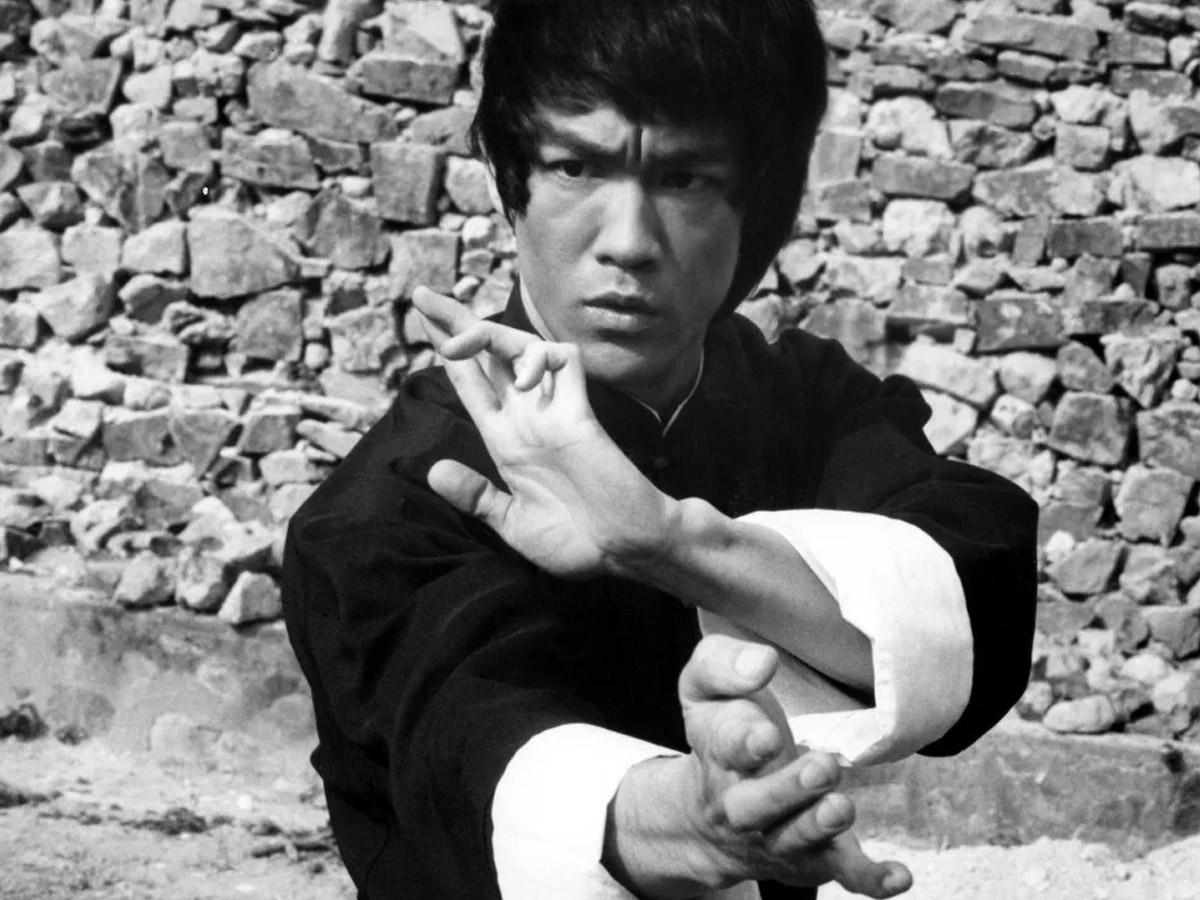
Bruce Lee, Jim Saxon, and Jim Kelly star in Enter the Dragon. When a crime lord hosts a fighting tournament, Lee (Lee), Roper (Saxon), and Williams (Kelly) enter it; While Roper and Williams are fighting their own battles, Lee is supposed to figure out if the crime lord has an in-house opium trade and get his friends out alive. Enter the Dragon is still considered one of the best martial arts movies, but more importantly, it paints a picture of racial equality with its diverse main characters.
American Graffiti (1973)

American Graffiti, starring Richard Dreyfuss and Ron Howard, is a dramatic comedy set a decade earlier. It’s the night before graduation, and Curt (Dreyfuss) and Steve (Howard) are thinking—and rethinking—about their plans for the future. Between girls and college, it’s easy to remember being on the cusp of a new life over three decades later.
Robin Hood (1973)
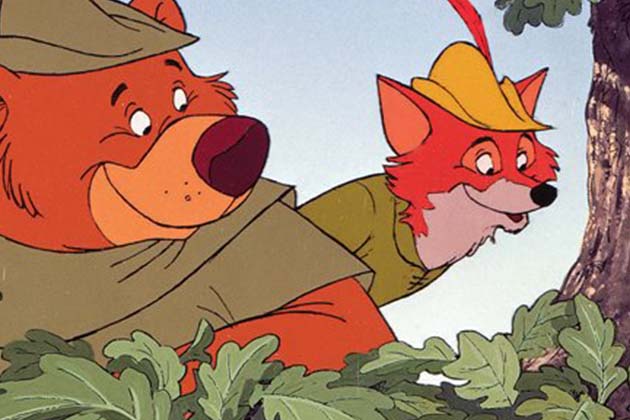
This Disney animated film featured the vocal talents of Brian Bedford and Phil Harris. This retelling of the famous Sherwood outlaw uses the animal kingdom to show Robin Hood (Bedford) and his merry animals as they outwit the greedy Prince John and his toadies. Disney’s live-action remakes have already shown what they can do with CGI animals, like in The Jungle Book, so let’s move to the next decade and get in action.
Soylent Green (1973)

Starring Charlton Heston, Edward G. Robinson, and Leigh Taylor-Young, Soylent Green is a post-apocalyptic crime thriller. “It’s the year 2022,” and humanity and pollution are destroying Earth. When a board member of Soylent Industries (the company supplying plankton-based food for the population) turns up dead, Detective Thorn (Heston) and his partner Sol Roth (Robinson) are on the case—but they find out much more than who is behind the dead man. With 2022 fast approaching, it’s the perfect time for a remake to remind ourselves how precious our resources really are… in a really, really gross way.
Deliverance (1972)

Deliverance, starring Burt Reynolds and Jon Voight, is a peek into the dangers of American country life. When the Cahulawassee River is destined to become a lake, Lewis (Reynolds) and his buddies go on a canoe trip to see the sights before they are gone...except generations of inbreeding have turned the area into a horror trip, instead of the peaceful boat ride they had in mind. Despite its release decades ago, Deliverance still packs a frightening punch while portraying man’s relationship with the wilderness.
The Cowboys (1972)
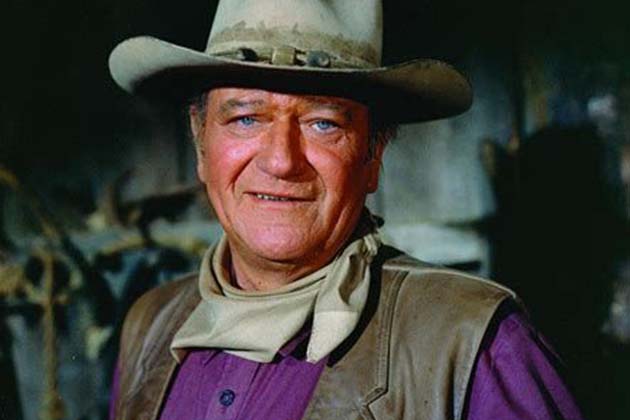
The Cowboys features John “the Duke” Wayne. When the cattle have to get to market and the pickings are slim, Wil Anderson (Wayne) hires a group of inexperienced boys as cowhands to help him go cross country. Unbeknownst to Wil, the experienced cowboy he turned down is stalking them with some outlaws.
The Godfather (1972)
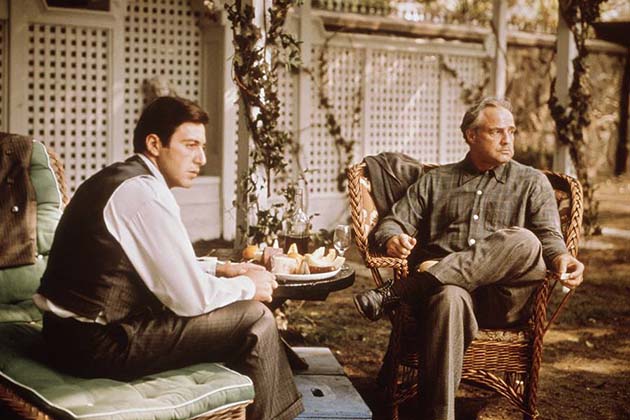
With Al Pacino and James Caan, Marlon Brando is The Godfather. With his oldest son killed and his middle son unfit for duty, Don Vito Corleone (Brando) is growing older. He starts moving the leadership to his reluctant youngest son (Pacino) in the midst of a mafia war. The Godfather was one of the best depictions of the mafia in the US.
The Godfather, Part II (1974)
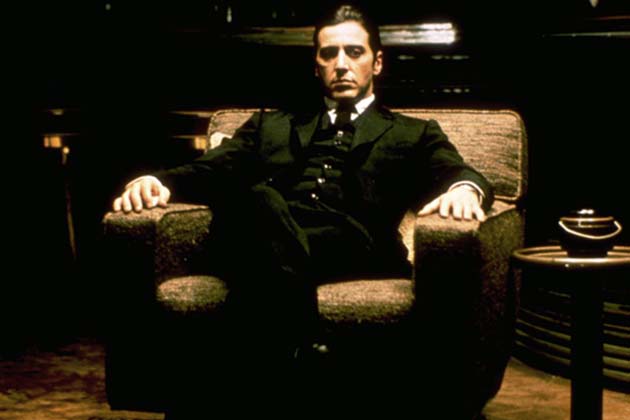
The famous sequel follows the new head of the Corleone family (Pacino) in 1950 and his father (Brando) growing up in Italy and New York. It's one of the few sequels that’s as good or better than its predecessor; if the original deserves a remake, Part II certainly does, too.
Dirty Harry (1971)
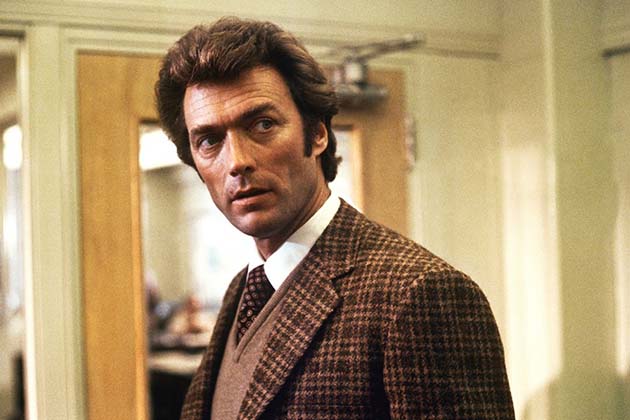
Harry Guardino, Andrew Robinson, and Clint Eastwood all star in Dirty Harry, one of Eastwood's few non-cowboy roles. When the “Scorpio Killer” is running rampant in San Francisco, the super tough police inspector with a dirty attitude is called in to root him out. While perhaps not a lesson to take to work with you, Eastwood’s portrayal of his character inspired other famous male leads in the action genre.
Bedknobs and Broomsticks (1971)
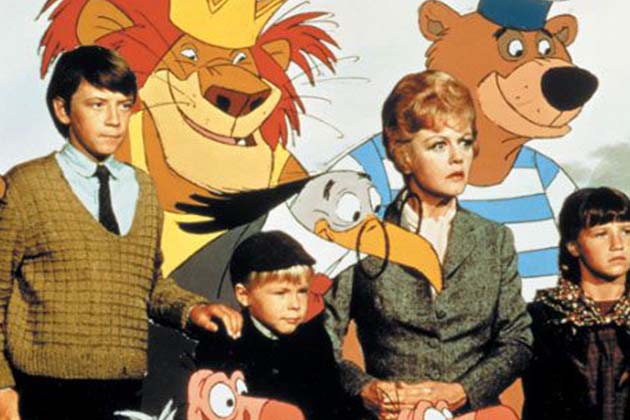
Angela Lansbury stars in Bedknobs and Broomsticks as an apprentice witch with a houseful of kids during WWII. When she finds part of a spell that can aid Britain in the war, the four go in search of the rest. Its partial animation style was extremely exciting for the time and could be very interestingly done in the modern day.
Harold and Maude (1971)

Bud Cort and Ruth Gordon are the titular characters in Harold and Maude. Harold prefers being alone, and he’s completely obsessed with death. When he meets Maude at the funeral of a complete stranger (to both of them), his life changes completely. The May/December relationship that blooms between Harold and Maude, not to mention Harold and Maude themselves, creates a sort of relief point for misfits of all kinds and ages.
A Clockwork Orange (1971)

Stanley Kubrick’s A Clockwork Orange features Malcolm McDowell, Patrick Magee, and Michael Bates. When Alex (McDowell) is finally arrested for murder and rape in the Britain of the future, he signs up for an experimental program to diminish violence. Although it reduces his sentence, the consequences aren’t what he envisioned. A Clockwork Orange was extremely memorable, providing a real look into the brutal drug and “ultraviolent” crime life, with cinematography that was itself almost futuristic in its honesty.
The French Connection (1971)
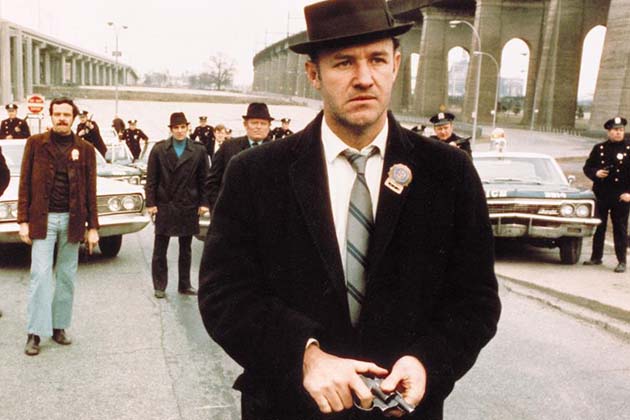
Gene Hackman and Roy Scheider star in The French Connection, based on the book by Robin Moore. Two of NYPDs finest discover one of the biggest drug rings in the world; when the drug smugglers decide to get the cops out of the way, the guys have to figure out exactly what the French connection to the drugs is. The French Connection had what was, for the time, largely considered some of the best car chase scenes ever—a modernized version would, of course, probably call for Vin Diesel.
Kelly's Heroes (1970)
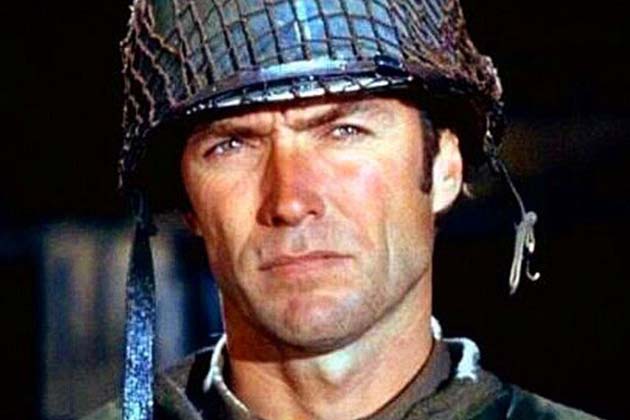
Clint Eastwood, Don Rickles, and Telly Savalas star in Kelly’s Heroes. When former lieutenant Kelly (Eastwood) finds out where the Nazis stored their treasure, he takes an unofficial team in with the very real prospect of getting rich before the government can. Kelly’s Heroes may be a deserving classic, but it also hosted an all-male cast, giving a redo a perfect point of change.
 Author
Sherrill Dean
Last Updated: May 08, 2024
Author
Sherrill Dean
Last Updated: May 08, 2024

